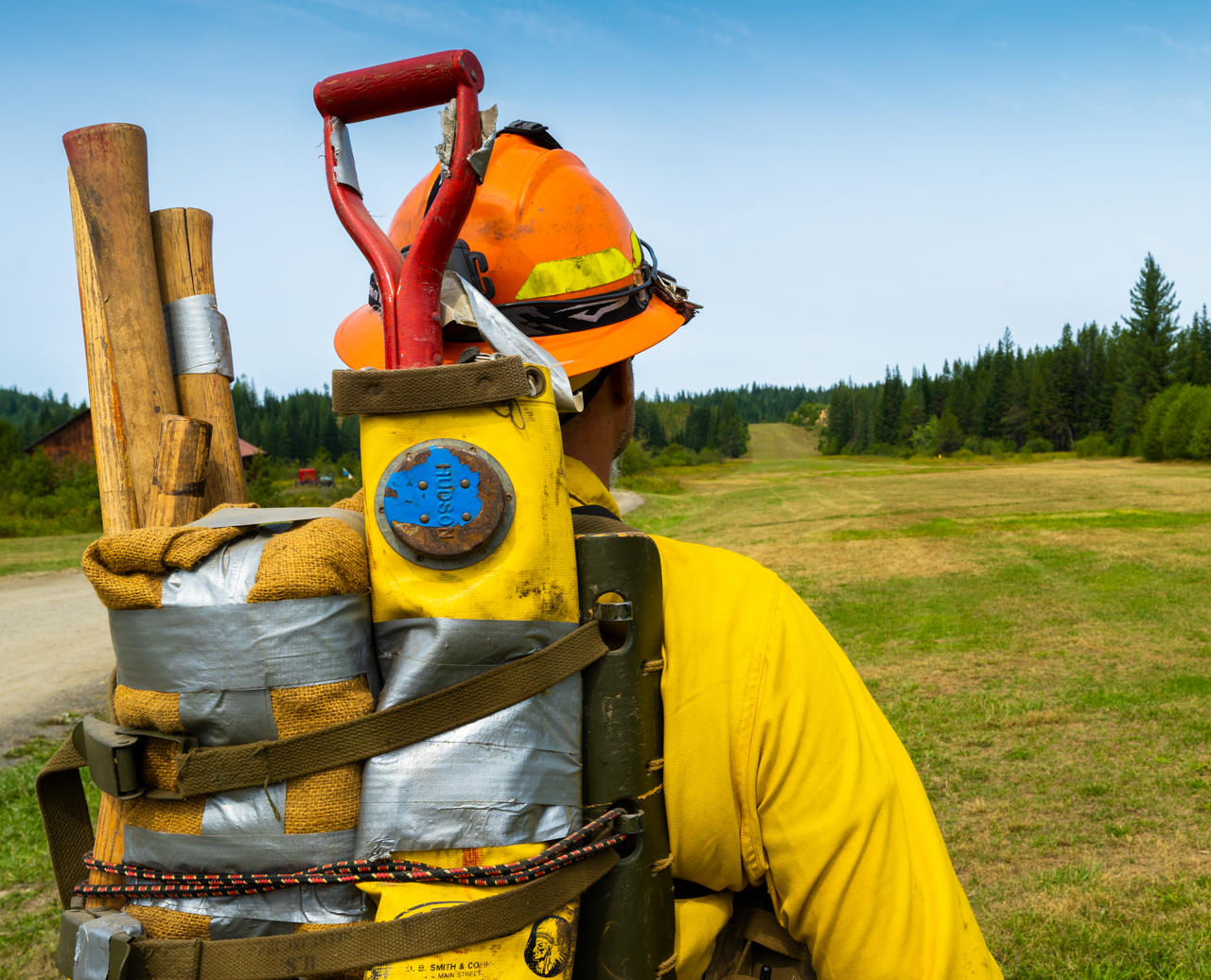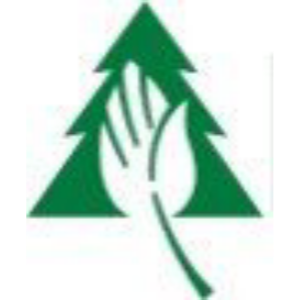PotlatchDeltic 2022 ESG Report: Reducing Wildfire Risk
MITIGATING WILDFIRE RISK
NORTHAMPTON, MA / ACCESSWIRE / July 13, 2023 / Wildfires can occur because of lightning or human causes. While human causes are the source of over
Unmanaged lands typically have overstocked forests that provide significant ladder fuels, increasing the threat of crown fires. Ladder fuels provide continuous vertical fuels for the fire to climb from the forest floor to the canopy and become a crown fire. Insect and disease damage is also more prevalent in overcrowded forests, increasing dead wood which can become readily combustible fuels. Crown fires are extremely challenging to stop using direct firefighting efforts and control is often accomplished through breaking fuel availability in the predicted path of the fire. This can mean the difference between a fire burning tens of thousands of acres in unmanaged timberland, compared to hundreds of acres in managed or working timberland. Efforts are underway to improve the forest health in unmanaged lands. Good Neighbor Authority enables federal land managers to enter into agreements with state governments to implement projects focused around restoring or improving overall forest health through treatments that target reducing hazardous fuels. Idaho Shared Stewardship establishes a policy for shared management by federal land managers with states, tribes, and other landowners to manage fire risk through a set of shared priorities. These include coordination among federal, state, tribal and local assets for wildfire prevention, suppression, and post-wildfire restoration, and for action to be taken to remove hazardous fuels and increase active management. Working forest owners are also engaging in policy solutions to review and update federal wildfire suppression with an eye toward improving interagency coordination and alignment around wildfire suppression, including decisions about initial attack, fire management, and the use of specific firefighting strategies.
In Idaho, we have implemented heightened measures to prevent fires, minimize damage from fires and to protect our timberlands from loss.
WILDFIRE IN IDAHO
"I have gained a unique perspective regarding wildfire over a 30-year career managing timberland in the Pacific Northwest. Serving as the President of the Clearwater-Potlatch Timber Protective Association* with wildfire protection responsibility on 1 million acres of private, state and federal property has provided me insight into wildfire funding, prevention, and suppression tactics." - Rich McMillan, District Forester, PotlatchDeltic
Q: What are some of the challenges you face fighting wildfire in Idaho?
A: Ownership patterns in Idaho are typically not contiguous, but rather a checkerboard pattern with Idaho Department of Lands (IDL) state, federal, and private timberlands. This creates significant complexities when fighting wildfire. Managed lands do not have the same heavy fuel loads that unmanaged lands carry. When fire starts or moves into unmanaged lands, it can intensify significantly as a result of the fuel load. In addition, firefighters have better access on managed lands than on unmanaged lands through established and maintained road systems.
Firefighting strategies also differ between protecting agency and landowners within checkerboard areas. Cooperative agreements such as the "statewide master agreement" have been established to define protecting agency (state & federal) responsibilities so that the closest resource responds regardless of ownership. This substantially improves fire fighting efficiency and effectiveness.
Obtaining resources during peak fire season can also be a challenge due to firefighters, engines, and aerial resources being committed to other fires. Timberlands sometimes become a lower priority value at risk than urban areas which can result in smaller fires growing to much larger scale. Retaining qualified personnel can also be difficult due to the seasonality of the work and lower pay. The crew foreman and engine bosses require about 3 years to have adequate experience so retaining personnel is important.
Q: How is a fire fought in Idaho timberlands - what techniques work best?
A: The key to success is to have qualified personnel ready to respond, quick and efficient detection, and aggressive initial attack when fires are still small (helicopter followed by ground resources). It is best to use direct attack techniques, when possible, with thorough and complete mop up. Direct attack is engaging at the fire perimeter with people, equipment, and/or aerial resources. Indirect attack is putting a fire line where you expect the fire to go - through measures like backfires or burnout - and is used when direct attack is too dangerous. The techniques that work include using a helicopter with water bucket, heavy equipment constructing fire lines, and organized ground crews doing direct attack.
Q: How is water accessed? Is retardant used?
A: Water is drafted from any natural or man-made water body. Helicopters dip from rivers, lakes, and ponds and fixed wing aircraft can skim a lake surface to refill. We have a series of over 275 dip ponds constructed across our ownership and
Approximately
Q: How will the recent Memorandum of Understanding (MOU) with the forest service and National Alliance of Forest Owners (NAFO) help?
A: The MOU will likely result in better protection for 9.5 million acres of participating NAFO member company land and adjacent National Forest System (NFS) land in California, Oregon, Washington, and Idaho. The agreement provides for the use of NAFO member company resources to fully suppress fires in areas along the boundaries of NAFO and U.S. Forest Service (USFS) lands. This will add hundreds of additional people and firefighting assets to the effort. NAFO member company resources are also authorized to attack fires 24 hours a day and seven days a week if necessary for full suppression. The MOU formalizes an approach of close coordination and planning in advance of fire season and ongoing coordination and communication throughout fire season.
Q: How do you reduce wildfire risks?
A: Forest management keeps our fuel loads at a more acceptable level and reduces the amount of dead and dying trees and we meet or exceed minimum requirements for hazard disposal after logging. We have installed and maintain a series of dip ponds across our ownership and maintain our road infrastructure for access. Foresters and logging contractors are all trained to assist as necessary. Contractors are required to have water pumpers on site, and we inspect our operations as peak fire season approaches for compliance with our contract specifications regarding fire equipment. We are also a member of the Clearwater-Potlatch Timber Protection Association (CPTPA) which gives us a more direct voice in our fire protection.
*Rich has been President of CPTPA for 15 years.
View the full PotlatchDeltic 2022 ESG Report here.

View additional multimedia and more ESG storytelling from PotlatchDeltic on 3blmedia.com.
Contact Info:
Spokesperson: PotlatchDeltic
Website: https://www.3blmedia.com/profiles/potlatchdeltic
Email: info@3blmedia.com
SOURCE: PotlatchDeltic
View source version on accesswire.com:
https://www.accesswire.com/767719/PotlatchDeltic-2022-ESG-Report-Reducing-Wildfire-Risk







